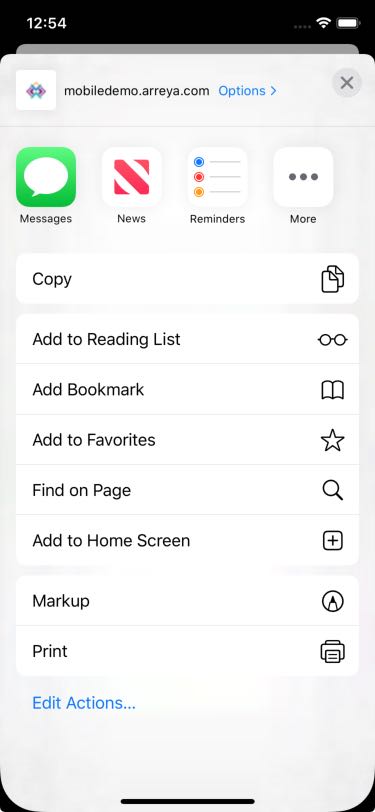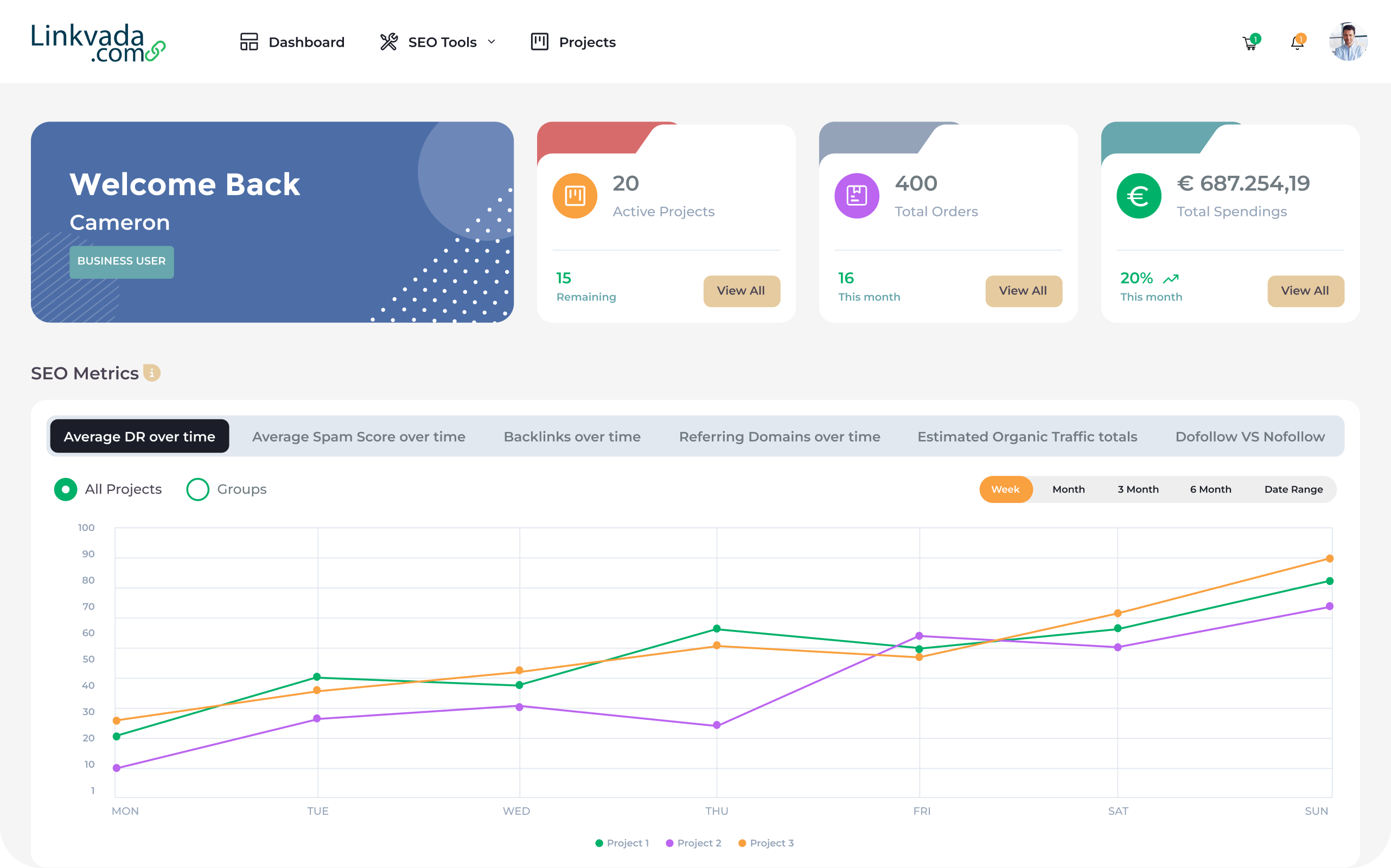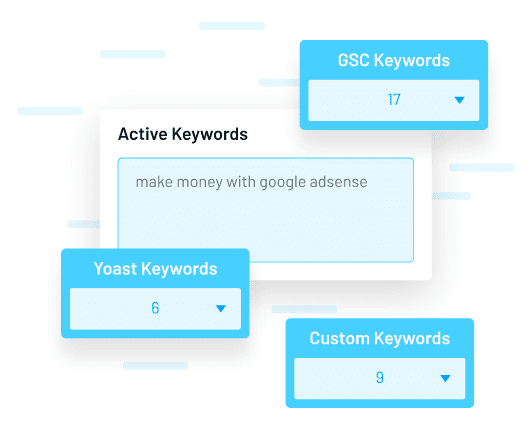
In the ever-evolving digital landscape, where user expectations are higher than ever, businesses must adapt to stay competitive. One of the most effective ways to do this is by leveraging Progressive Web Apps (PWAs). PWAs offer a seamless blend of web and app experiences, making them ideal for blogs that want to boost performance, engagement, and search engine visibility.
This article will explore how to use PWAs for blogs and SEO, covering everything from the technical requirements to practical implementation strategies. Whether you’re a seasoned blogger or just starting out, understanding and implementing PWA SEO can significantly enhance your blog’s reach and effectiveness.
What Is Progressive Web App (PWA) and Why It Matters
A Progressive Web App (PWA) is a type of web application that combines the best features of traditional websites and native mobile apps. PWAs are built using standard web technologies like HTML, CSS, and JavaScript but offer advanced capabilities such as offline functionality, push notifications, and the ability to be installed on a user’s home screen.
For bloggers, PWAs provide a unique opportunity to deliver a native-like experience without the need for users to download an app from an app store. This not only improves user engagement but also enhances the overall user experience, which is crucial for SEO.
Key reasons why PWAs matter in 2025:
- Improved User Experience: PWAs load faster, work offline, and offer smooth navigation, leading to higher user satisfaction.
- Mobile Optimization: With mobile traffic surpassing desktop, PWAs ensure your blog is optimized for all devices.
- Increased Visibility: PWAs are discoverable via search engines, helping your blog rank higher and attract more organic traffic.
- Cost Efficiency: Building a single PWA instead of separate apps for different platforms saves time and resources.
How PWA Impacts SEO Performance

SEO is all about improving a website’s visibility and relevance to rank higher in search engine results. PWAs have several advantages that directly impact SEO performance:
-
Faster Load Times: PWAs utilize service workers to cache content, resulting in faster load times. Google considers page speed a critical ranking factor, so faster loading pages can significantly improve your SEO.
-
Mobile-Friendly Design: PWAs are inherently responsive, adapting to any screen size. This ensures a consistent and optimal user experience across all devices, which is essential for mobile-first indexing.
-
Installability: The ability to install a PWA on a user’s home screen increases visibility and engagement. Search engines favor websites that provide a positive user experience, and PWAs do just that.
-
Enhanced Engagement: Features like push notifications and offline access keep users engaged, reducing bounce rates and increasing dwell time—both of which are positive signals for SEO.
By integrating PWA features into your blog, you not only improve user experience but also align with modern SEO best practices.
Step-by-Step Implementation Framework
Implementing a PWA for your blog involves several key steps. Here’s a practical guide to help you get started:
- Define or Audit the Current Situation
- Assess your blog’s current performance and identify areas for improvement.
-
Check if your blog meets the basic requirements for a PWA, such as HTTPS, responsive design, and proper metadata.
-
Apply Tools, Methods, or Tactics
- Create a Web App Manifest: This JSON file tells the browser how your PWA should appear and behave. Include essential elements like name, icons, start URL, and display settings.
- Implement Service Workers: These background scripts enable offline functionality and caching. They help your PWA load quickly even on slow networks.
-
Add Install Prompts: Use the
beforeinstallpromptevent to trigger an install prompt, encouraging users to add your PWA to their home screen. -
Measure, Analyze, and Optimize
- Use tools like Google Analytics and Lighthouse to monitor your PWA’s performance.
- Track metrics such as load time, user engagement, and conversion rates.
- Continuously optimize based on data insights to improve SEO and user experience.
Real or Hypothetical Case Study

Let’s consider a hypothetical case study of a blog that implemented a PWA. Before the PWA, the blog had a high bounce rate and poor mobile performance. After implementing a PWA, the blog saw:
- A 30% increase in mobile traffic.
- A 25% reduction in bounce rate.
- A 40% improvement in page load speed.
- A 20% increase in user engagement due to offline access and push notifications.
These improvements translated into better SEO rankings, increased organic traffic, and higher conversions. This example highlights the tangible benefits of implementing a PWA for a blog.
Tools and Techniques for PWA SEO
To effectively implement and optimize a PWA for SEO, consider using the following tools and techniques:
-
Google Lighthouse: This tool helps audit your PWA’s performance, accessibility, and SEO. It provides actionable insights to improve your PWA’s quality.
-
Web Vitals: Monitor key performance metrics such as First Contentful Paint (FCP), Largest Contentful Paint (LCP), and Cumulative Layout Shift (CLS) to ensure your PWA delivers a fast and stable user experience.
-
Service Worker Libraries: Use libraries like Workbox to simplify the implementation of service workers and caching strategies.
-
Manifest Generator: Tools like Web App Manifest Generator help create and test your PWA manifest file.
-
SEO Plugins: For WordPress blogs, plugins like Yoast SEO or Rank Math can help optimize metadata, schema markup, and other SEO elements.
-
Analytics Tools: Use Google Analytics and other tracking tools to monitor user behavior and make data-driven optimizations.
Future Trends and AI Implications
As AI continues to shape the digital landscape, the role of PWAs in SEO is likely to evolve. Here are some trends to watch:
- AI-Powered Personalization: AI can help tailor content and user experiences, enhancing engagement and SEO performance.
- Voice and Multimodal Search: As voice search and multimodal interactions become more prevalent, PWAs will need to adapt to these new forms of user interaction.
- Enhanced Automation: AI can automate tasks like content optimization, metadata generation, and performance monitoring, making it easier to maintain a high-performing PWA.
Staying ahead of these trends will be crucial for maximizing the SEO potential of your PWA.
Key Takeaways
- PWAs improve user experience by offering faster load times, offline access, and a native-like interface.
- They are essential for mobile optimization, which is critical for SEO in 2025.
- Implementing a PWA involves creating a manifest, using service workers, and optimizing for installability.
- Measuring performance through tools like Google Lighthouse and analytics platforms is vital for continuous improvement.
- Future trends like AI personalization and voice search will further enhance the value of PWAs for SEO.
By leveraging PWAs, bloggers can not only enhance their website’s performance but also gain a significant edge in the competitive world of SEO.
Meta Title: How to Use Progressive Web Apps (PWA) for Blogs & SEO
Meta Description: Learn how to leverage Progressive Web Apps (PWA) to boost your blog’s performance, user engagement, and SEO rankings in 2025.
SEO Tags: PWA SEO, Blog Optimization, Progressive Web Apps, Mobile SEO, Web App Manifest
Internal Link Suggestions:
– Parameter #12: Mobile-First Indexing
– Parameter #9: Core Web Vitals
– Parameter #7: Content Quality and E-E-A-T
External Source Suggestions:
– Google Developers – Progressive Web Apps
– Web Vitals Guide
– Workbox Documentation






